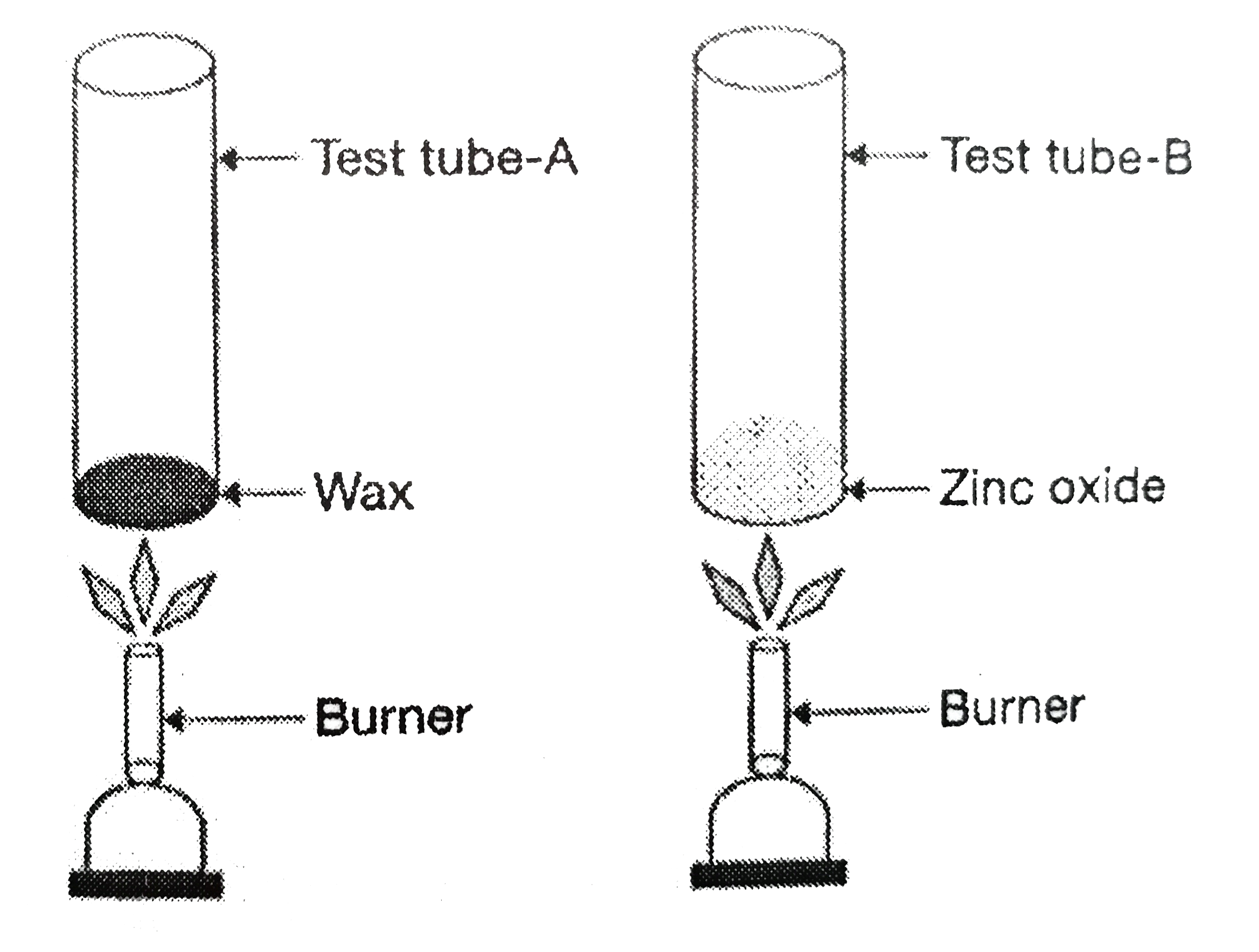Define the following.
Reversible change
Step-by-Step Solution:
1. Definition of Reversible Change:
A reversible change is a type of change that can be reversed, meaning that the original substance can be recovered after the change has occurred.
2. Examples of Reversible Changes:
- Melting of Ice: When ice (solid) is heated, it melts into water (liquid). This process can be reversed by cooling the water back into ice.
- Boiling of Water: When water is heated, it turns into steam (gas). This steam can be cooled and condensed back into water.
- Freezing of Water: Water can be frozen to form ice. If the ice is heated, it will melt back into water.
3. Processes Involved:
- Fusion: The process of melting ice into water.
- Boiling: The process of turning water into steam.
- Freezing: The process of turning water into ice.
- Condensation: The process of steam turning back into water.
4. Conclusion:
Reversible changes are characterized by the ability to return to the original state without any permanent alteration to the substance involved.
A reversible change is a type of change that can be reversed, meaning that the original substance can be recovered after the change has occurred.
- Melting of Ice: When ice (solid) is heated, it melts into water (liquid). This process can be reversed by cooling the water back into ice.
- Boiling of Water: When water is heated, it turns into steam (gas). This steam can be cooled and condensed back into water.
- Freezing of Water: Water can be frozen to form ice. If the ice is heated, it will melt back into water.
- Fusion: The process of melting ice into water.
- Boiling: The process of turning water into steam.
- Freezing: The process of turning water into ice.
- Condensation: The process of steam turning back into water.
Reversible changes are characterized by the ability to return to the original state without any permanent alteration to the substance involved.
Topper's Solved these Questions
- LANGUAGE OF CHEMISTRY AND CHANGES AROUND US BOOK - PEARSON IIT JEE FOUNDATIONCHAPTER - LANGUAGE OF CHEMISTRY AND CHANGES AROUND US EXERCISE - TEST YOUR CONCEPTS (SHORT ANSWER TYPE QUESTIONS) GIVE REASON FOR THE FOLLOWING.
2 Videos
- LANGUAGE OF CHEMISTRY AND CHANGES AROUND US BOOK - PEARSON IIT JEE FOUNDATIONCHAPTER - LANGUAGE OF CHEMISTRY AND CHANGES AROUND US EXERCISE - ASSESSMENT TEST (TEST 1) (IDENTIFY TRUE OR FALSE STATEMENTS AMONG THE FOLLOWING REWRITE THE CORRECT STATEMENTS.
5 Videos
- LANGUAGE OF CHEMISTRY AND CHANGES AROUND US BOOK - PEARSON IIT JEE FOUNDATIONCHAPTER - LANGUAGE OF CHEMISTRY AND CHANGES AROUND US EXERCISE - TEST YOUR CONCEPTS (VERY SHORT ANSWER TYPE QUESTIONS) SELECT THE CORRECT ALTERNATIVE FROM THE GIVEN OPTIONS
12 Videos
- AMAZING AIRBOOK - PEARSON IIT JEE FOUNDATIONCHAPTER - AMAZING AIREXERCISE - Crossword
1 Videos
- MYSTERY OF MATTER BOOK - PEARSON IIT JEE FOUNDATIONCHAPTER - MYSTERY OF MATTER EXERCISE - CROSSWORD
1 Videos
Similar Questions
Knowledge Check
Which of the following is not a reversible change?
AHeating of water to steamBCooking of eggsCHeating of wax to molten waxDNone of theseClassify the following changes as reversible and irrefversible changes.

 ABurning of candleBGlowing of bulbCFreezing of waterDCurdling of milk
ABurning of candleBGlowing of bulbCFreezing of waterDCurdling of milk
Define the following.
Chemical change
View SolutionCalculate the total entropy change for the following reversible processes:
a. Isothermal b. Adiabatic
View Solution………… is a reversible change.
View SolutionCategorise the following change into reversible or irreversible change.
Cold milk to hot milk
View SolutionCategorise the following change into reversible or irreversible change.
Raw egg to boiled egg
View SolutionCategorise the following change into reversible or irreversible change.
Grain to its flour
View Solution
